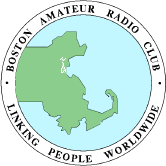 Boston ARC President Brendan Baldonado, NW1S, writes on the BARC mailing list:
Boston ARC President Brendan Baldonado, NW1S, writes on the BARC mailing list:
I am excited to announce that the Boston Amateur Radio Club is teaching a QDX building class.
What is a QDX, you ask? Well it’s a digital ham radio transceiver, small enough to fit in the palm of your hand, that operates at 5 watts on the 10 meter amateur radio band.
This class is going to be geared towards Technician class licensees, newer hams with limited experience in soldering, antenna concepts and digital modes. So, if that sounds like you, we encourage you to take the class.
This offering of the QDX build class has been sponsored by an Amateur Radio Digital Communications grant, and the materials cost, a $110 value, has been completely covered by that grant. The class still has a nominal fee of $75 which is being donated to Artisans Asylum for their continued support and help of the Boston Amateur Radio Club.
The class will be on Thursday evenings, beginning on April 18th, for 5 sessions.
A quick class description:
This class is a brief introduction to basic electronic circuits, building toroids, soldering, building antennas, and operating on amateur radio digital modes. We will be building a QRP Labs 10m QDX-M single band radio and a QRP Guys No-Tune end-fed half wave antenna.
The class will consist of five sessions, every Thursday at 6pm, beginning on April 18th, held at the Artisans Asylum Holton St. building.
During the class we will:
Build a small portable antenna
Learn about some basic electronic components
Learn how to solder
Learn to make toroids
Build a small 5 watt radio for the ten meter band
Learn to operate on digital modes
While this class does not have any prerequisites, we are building a radio for use on amateur radio frequencies, so a Technician class amateur radio license is preferred (but not required) to take the class and keep the radio. Be advised that in order to transmit using your radio outside of class meeting times, you will need an amateur radio license issued by the FCC.
For more information on licensing and a schedule of test sessions contact the Boston Amateur Radio Club at
w1bos@arrl.net.
The class listing is here if you wish to sign up:
If you have experience with soldering and building kits but wish to take the class, we would ask that you wait and give those newer to the hobby and kit building a chance to sign up for the class. In a week or so if there are spots left I will resend a email for all others that may be interested.
Thanks everyone!
Brendan
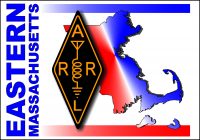

 George Allison, K1IG, writes on the PART of Westford mailing list:
George Allison, K1IG, writes on the PART of Westford mailing list: Brandon Hockle, NQ1W, writes:
Brandon Hockle, NQ1W, writes: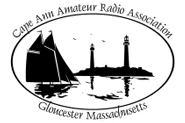 Brandon Hockle, NQ1W, writes on the Cape Ann ARA mailing list:
Brandon Hockle, NQ1W, writes on the Cape Ann ARA mailing list: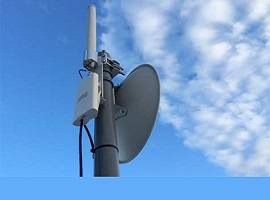 Ben Jackson, N1WBV, writes on the Bristol Co. Radio Association mailing list:
Ben Jackson, N1WBV, writes on the Bristol Co. Radio Association mailing list: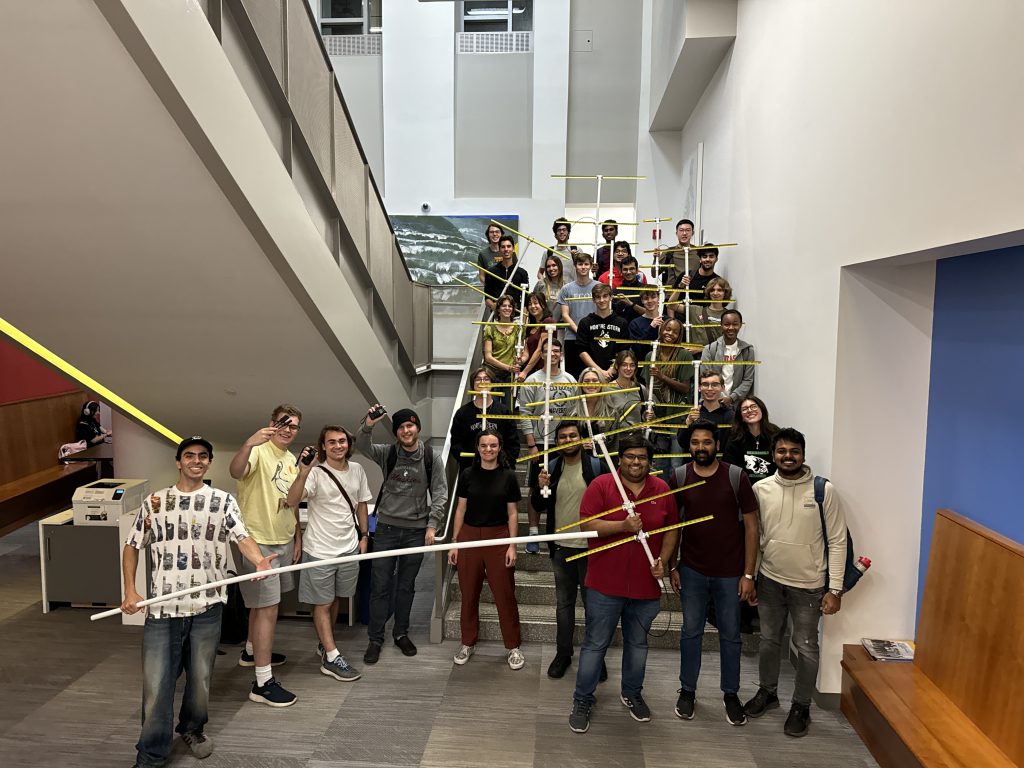 KF0INO
KF0INO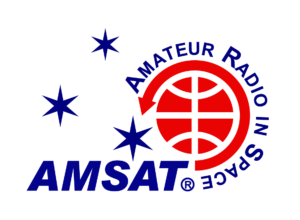 Joe Fitzgerald, KM1P, writes on the Sci-Tech ARS mailing list:
Joe Fitzgerald, KM1P, writes on the Sci-Tech ARS mailing list:
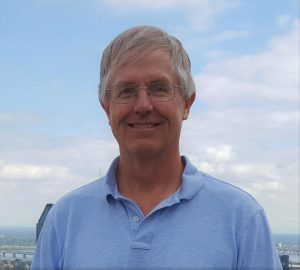 Robert (Bob) Johnk (M’91 – SM’07) received his Ph.D. degree in Electrical Engineering at the University of Colorado in 1990, where he specialized in electromagnetics and antennas.
Robert (Bob) Johnk (M’91 – SM’07) received his Ph.D. degree in Electrical Engineering at the University of Colorado in 1990, where he specialized in electromagnetics and antennas. Boston ARC President Brendan Baldonado, NW1S, writes on the BARC mailing list:
Boston ARC President Brendan Baldonado, NW1S, writes on the BARC mailing list: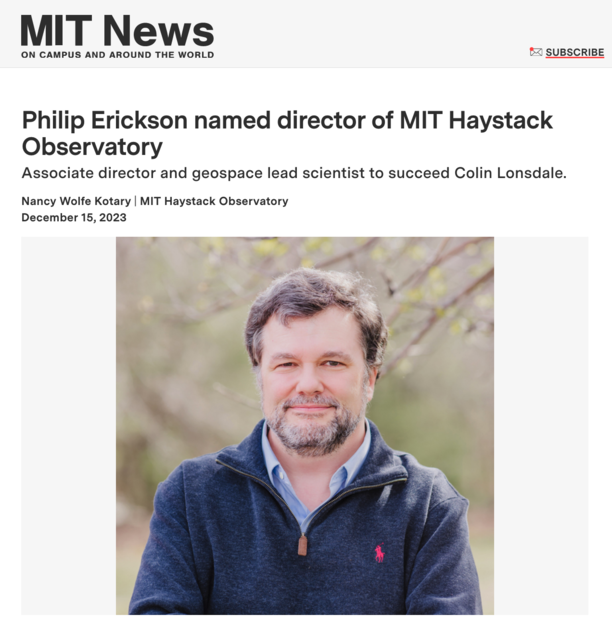
 Stu Solomon, W1SHS, writes:
Stu Solomon, W1SHS, writes: